Drain flies, also known as sewer gnats or moth flies, are small insects that are commonly found around kitchen sinks. These tiny pests are attracted to moist and decaying organic matter, making the kitchen sink a perfect breeding ground for them. The larvae of drain flies feed on bacteria and fungi found in the sludge and grime that accumulates in drains. This can lead to clogs and unpleasant odors in your sink. Adult drain flies are not harmful to humans, but their presence can be quite annoying and unsanitary. To prevent drain flies from infesting your kitchen sink, make sure to regularly clean and disinfect your drains. You can also use a drain cleaner or a mixture of vinegar and baking soda to keep them free from organic matter. If the problem persists, it may be necessary to call a professional pest control service.1. Drain Flies
Fruit flies are another common nuisance around kitchen sinks. These tiny insects are attracted to ripe or decaying fruits and vegetables, as well as sugary substances like soda or juice. They can easily enter your kitchen through open windows or doors, and once they find a suitable food source, they can quickly multiply in numbers. To get rid of fruit flies, make sure to properly store your fruits and vegetables and regularly clean up any spills or crumbs in your kitchen. You can also create homemade traps using apple cider vinegar or red wine to attract and trap the flies. It's also important to regularly empty and clean your garbage disposal to avoid attracting fruit flies.2. Fruit Flies
Cockroaches are one of the most dreaded pests found in kitchens, and for good reason. These insects can carry diseases and contaminate food, making them a serious health hazard. They are also known for their ability to survive in even the most unsanitary conditions, making them difficult to get rid of. Kitchen sinks provide cockroaches with a constant source of water and food, making them a popular spot for these pests. To prevent cockroaches from infesting your kitchen, make sure to keep your sink clean and dry, seal any cracks or crevices where they can enter, and regularly take out the trash to avoid attracting them.3. Cockroaches
Ants are another common pest that can be found in and around kitchen sinks. These tiny insects are always on the lookout for food, and a sink full of dirty dishes or a leaky faucet can easily draw them in. To prevent ants from invading your kitchen sink, make sure to regularly clean up any food spills or crumbs, fix any leaks, and store food in airtight containers. You can also use natural remedies like peppermint oil or vinegar to repel ants from entering your kitchen.4. Ants
Beetles are often found in kitchen sinks, especially if there is a buildup of food debris or standing water. These pests are attracted to damp and dark environments, making the sink a perfect spot for them to thrive. To prevent beetles from infesting your kitchen sink, make sure to regularly clean and dry your sink, fix any leaks, and keep your kitchen free from food debris. If the problem persists, it may be necessary to call a professional pest control service.5. Beetles
Silverfish are small, wingless insects that are commonly found in damp and dark areas, such as kitchen sinks. They are attracted to moisture and can often be found crawling in and around drains and pipes. To prevent silverfish from infesting your kitchen sink, make sure to regularly clean and dry your sink, fix any leaks, and seal any cracks or crevices where they can enter. You can also use a dehumidifier to reduce moisture levels in your kitchen, making it less appealing for these pests.6. Silverfish
Earwigs are another pest that can be found around kitchen sinks, especially if there is a buildup of organic matter in the drain. These insects are often attracted to decaying plant matter and can be found crawling in and around drains and pipes. To prevent earwigs from infesting your kitchen sink, make sure to regularly clean and disinfect your drains, fix any leaks, and keep your kitchen free from organic matter. You can also use a mixture of soap and water to repel and kill earwigs.7. Earwigs
Moths are not a common sight in the kitchen, but they can still find their way into your sink. These pests are attracted to moist and decaying organic matter, making the sink a perfect spot for them to lay their eggs. To prevent moths from infesting your kitchen sink, make sure to regularly clean and disinfect your drains, fix any leaks, and keep your kitchen free from food debris. You can also use a mixture of vinegar and water to repel and kill moths.8. Moths
Springtails are tiny insects that are commonly found in damp and moist environments, such as kitchen sinks. These pests are attracted to standing water and can often be found crawling in and around drains and pipes. To prevent springtails from infesting your kitchen sink, make sure to regularly clean and dry your sink, fix any leaks, and use a dehumidifier to reduce moisture levels in your kitchen. You can also use a mixture of vinegar and water to repel and kill springtails.9. Springtails
Pantry pests, such as beetles, moths, and weevils, can also be found in kitchen sinks. These pests are attracted to grains, cereals, and other dry goods, which can often end up in the sink when food is being prepared or washed. To prevent pantry pests from infesting your kitchen sink, make sure to regularly clean up any food spills or crumbs, store dry goods in airtight containers, and regularly clean and disinfect your sink. You can also use a mixture of vinegar and water to repel and kill these pests. In conclusion, keeping your kitchen sink clean and dry is key to preventing these little bugs from infesting your home. Regularly cleaning and disinfecting your drains, fixing any leaks, and properly storing food can go a long way in keeping these pests at bay. If the problem persists, it may be necessary to call a professional pest control service to properly address the issue. By taking these preventative measures, you can ensure a bug-free kitchen and a healthier living environment for you and your family.10. Pantry Pests
Preventing Little Bugs Around the Kitchen Sink
Why Little Bugs are a Common Problem in the Kitchen
 We've all experienced it - tiny, pesky bugs scurrying around our kitchen sink and countertops. These little bugs are not only a nuisance, but they can also contaminate our food and spread bacteria. But why are they so common in the kitchen? The answer lies in our daily activities and habits.
Kitchen sinks
are a prime spot for these little bugs to thrive. With constant moisture and food particles, they have the perfect environment to breed and multiply. Furthermore, our
kitchen habits
such as leaving dirty dishes in the sink, not wiping down countertops, and not taking out the garbage regularly can attract these bugs and provide them with a food source.
We've all experienced it - tiny, pesky bugs scurrying around our kitchen sink and countertops. These little bugs are not only a nuisance, but they can also contaminate our food and spread bacteria. But why are they so common in the kitchen? The answer lies in our daily activities and habits.
Kitchen sinks
are a prime spot for these little bugs to thrive. With constant moisture and food particles, they have the perfect environment to breed and multiply. Furthermore, our
kitchen habits
such as leaving dirty dishes in the sink, not wiping down countertops, and not taking out the garbage regularly can attract these bugs and provide them with a food source.
Common Types of Little Bugs in the Kitchen
 There are several types of little bugs that can be found in the kitchen, each with their own unique characteristics and potential hazards. The most common ones are
fruit flies, drain flies, and cockroaches
. Fruit flies are attracted to overripe fruits and vegetables, while drain flies thrive in damp areas and feed on organic matter in drains. Cockroaches, on the other hand, can enter our homes through cracks and crevices and can contaminate our food with bacteria.
There are several types of little bugs that can be found in the kitchen, each with their own unique characteristics and potential hazards. The most common ones are
fruit flies, drain flies, and cockroaches
. Fruit flies are attracted to overripe fruits and vegetables, while drain flies thrive in damp areas and feed on organic matter in drains. Cockroaches, on the other hand, can enter our homes through cracks and crevices and can contaminate our food with bacteria.
Preventing and Eliminating Little Bugs in the Kitchen
 The good news is, there are several steps we can take to prevent and eliminate little bugs in our kitchen. Here are some tips to keep them at bay:
-
Maintain a clean and dry kitchen
: Regularly clean and dry your kitchen sink, countertops, and floors to eliminate any potential food sources and breeding grounds for bugs.
-
Dispose of garbage properly
: Make sure to take out the garbage regularly and keep the lid closed to prevent bugs from entering.
-
Seal cracks and crevices
: Inspect your kitchen for any cracks or openings and seal them to prevent bugs from entering.
-
Store food properly
: Keep all food, especially fruits and vegetables, in sealed containers to prevent attracting fruit flies.
-
Clean drains regularly
: Use a mixture of baking soda and vinegar to clean your drains and eliminate any organic matter that may attract drain flies.
By following these tips, we can effectively prevent and eliminate little bugs in our kitchen and maintain a clean and hygienic environment for cooking and preparing food. Remember, a clean kitchen is not only aesthetically pleasing, but it also ensures the health and safety of our households.
The good news is, there are several steps we can take to prevent and eliminate little bugs in our kitchen. Here are some tips to keep them at bay:
-
Maintain a clean and dry kitchen
: Regularly clean and dry your kitchen sink, countertops, and floors to eliminate any potential food sources and breeding grounds for bugs.
-
Dispose of garbage properly
: Make sure to take out the garbage regularly and keep the lid closed to prevent bugs from entering.
-
Seal cracks and crevices
: Inspect your kitchen for any cracks or openings and seal them to prevent bugs from entering.
-
Store food properly
: Keep all food, especially fruits and vegetables, in sealed containers to prevent attracting fruit flies.
-
Clean drains regularly
: Use a mixture of baking soda and vinegar to clean your drains and eliminate any organic matter that may attract drain flies.
By following these tips, we can effectively prevent and eliminate little bugs in our kitchen and maintain a clean and hygienic environment for cooking and preparing food. Remember, a clean kitchen is not only aesthetically pleasing, but it also ensures the health and safety of our households.








/99285420-56a709a33df78cf77291a053-5c451e40c9e77c0001764c89.jpg)
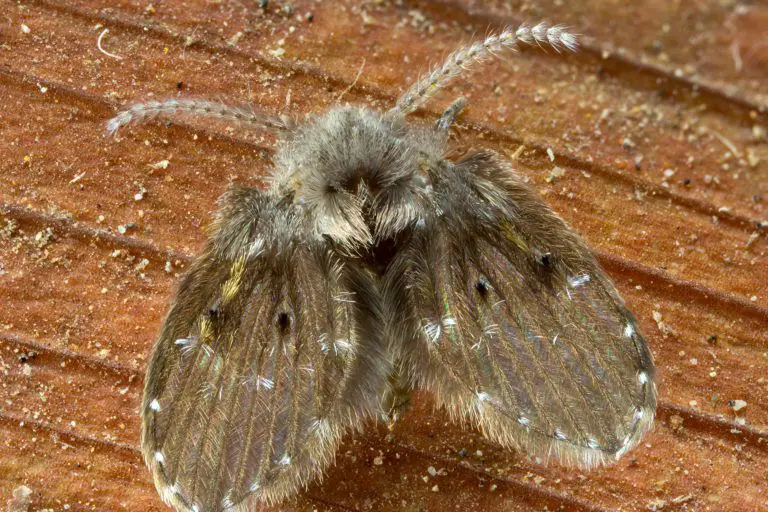










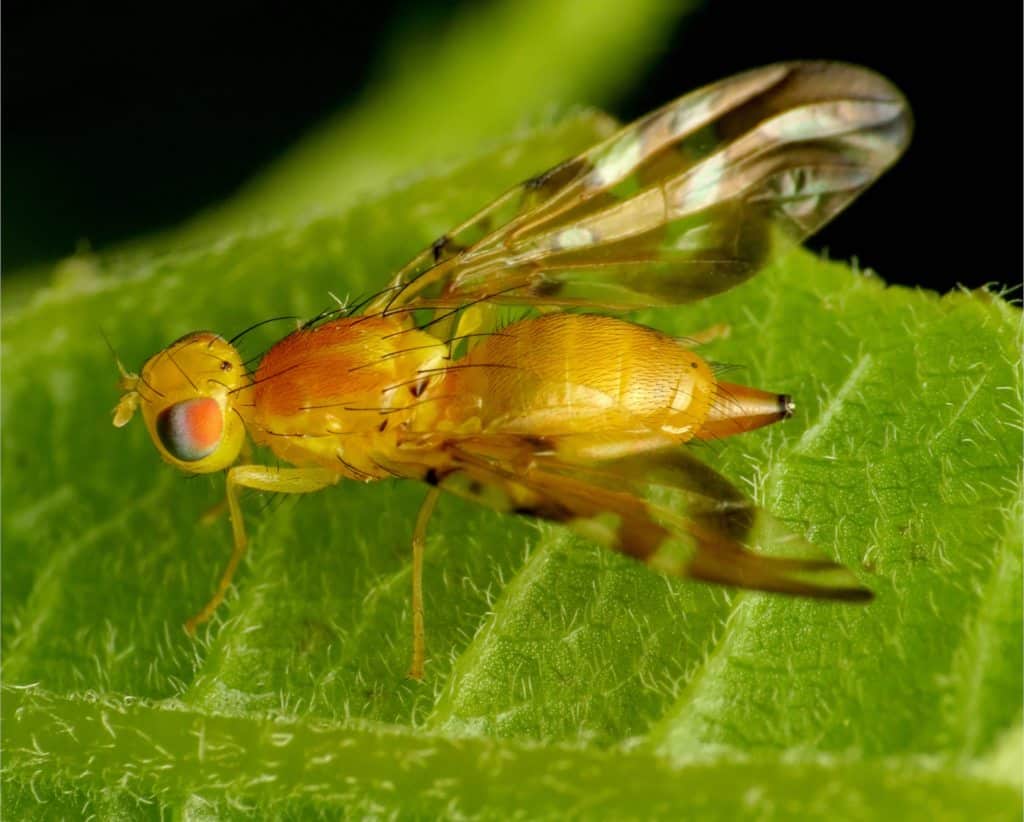












/76125918-56a709b43df78cf77291a0c9.jpg)







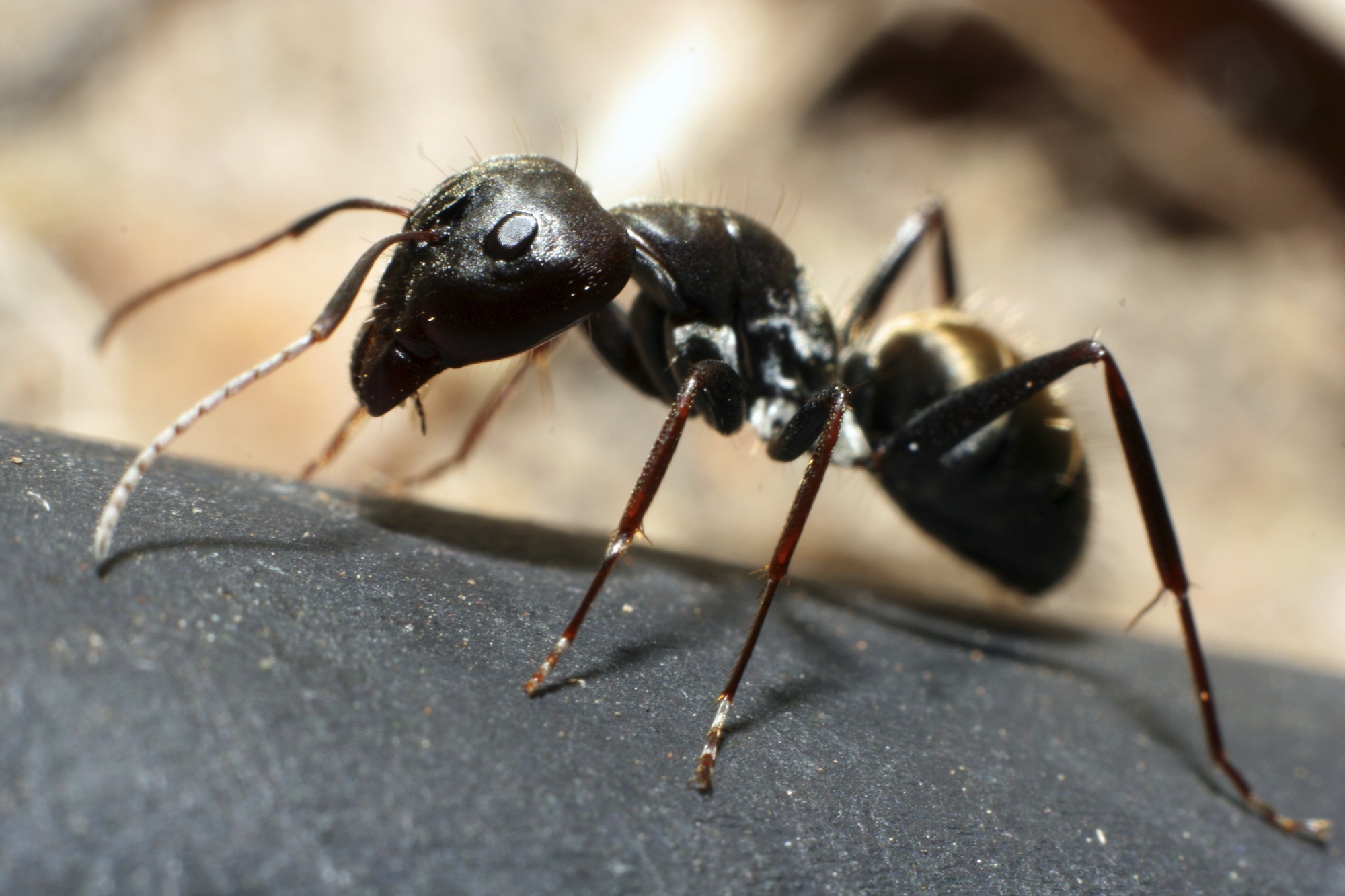










/red-milkweed-beetle-tetraopes-tetraophithalmus-h-141848476-58e518033df78c51629f4e69.jpg)




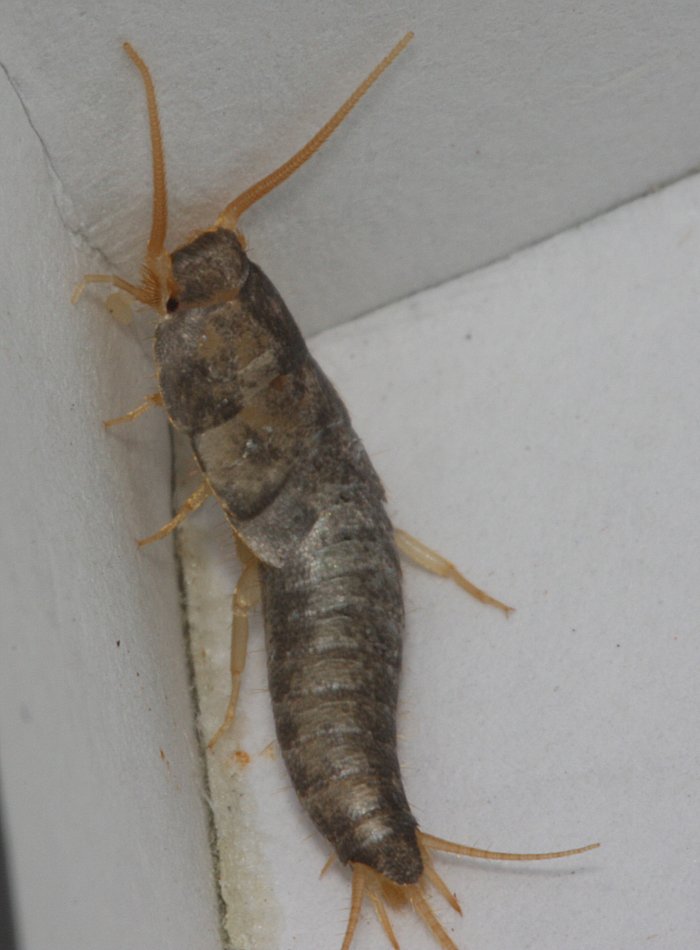










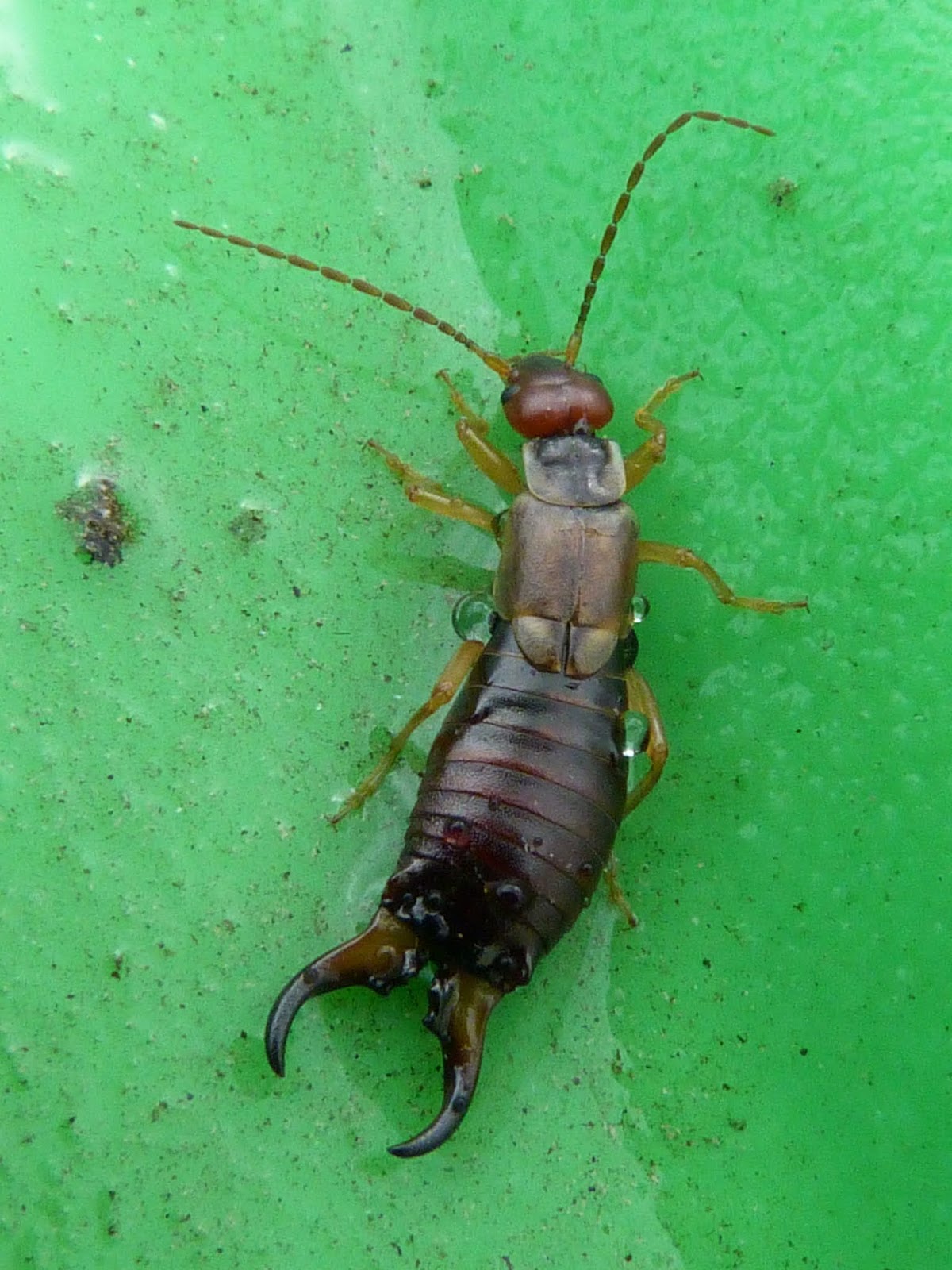



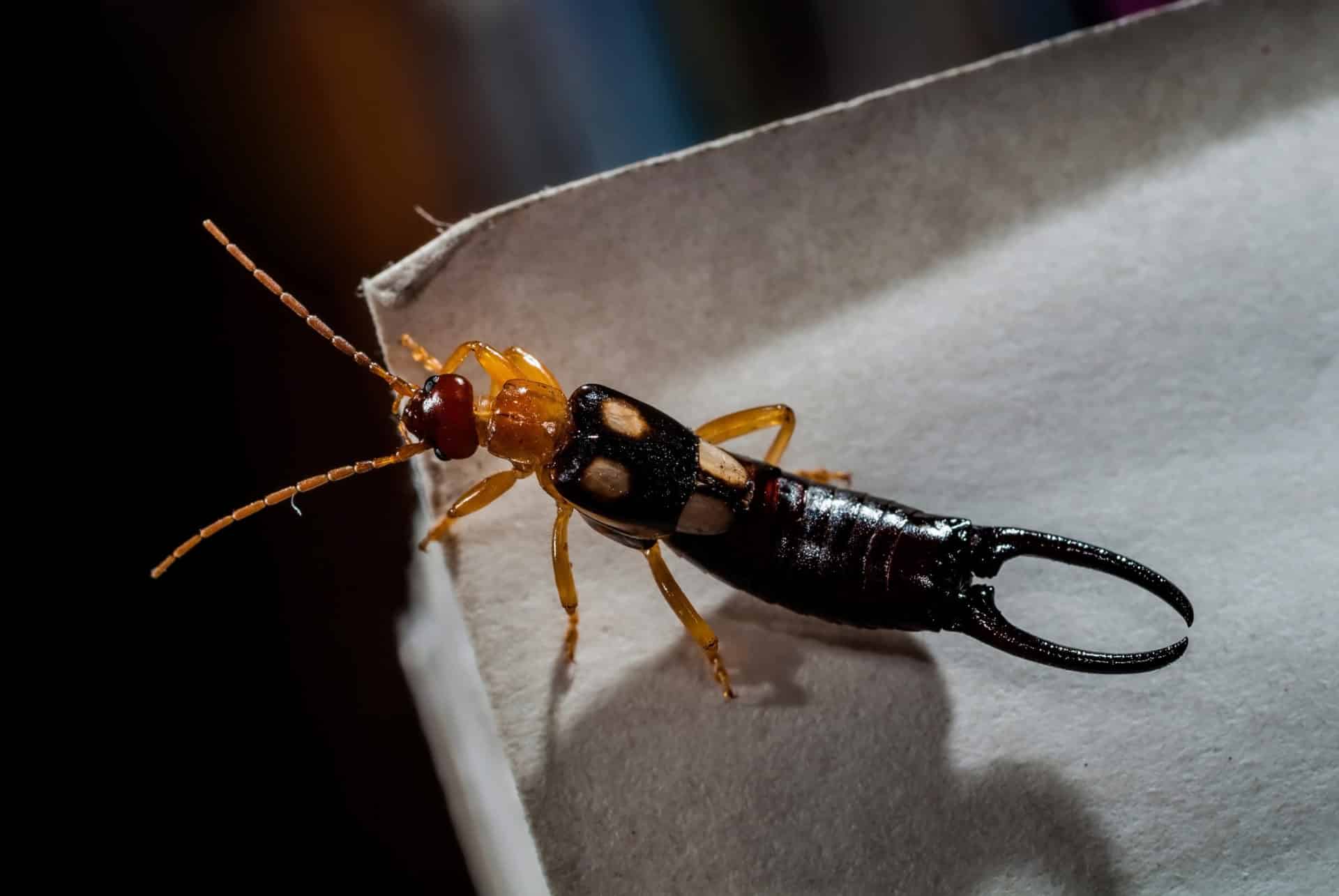






/Earwig-Bugwood-58aefab83df78c345b337435.jpg)





:max_bytes(150000):strip_icc()/__opt__aboutcom__coeus__resources__content_migration__mnn__images__2017__07__io-moth-72c97c5e5d8145e59b152066f0767920.jpg)

:max_bytes(150000):strip_icc()/__opt__aboutcom__coeus__resources__content_migration__mnn__images__2017__07__giant-atlas-moth-a6291a6b148b40a59221f54a8a010801.jpg)
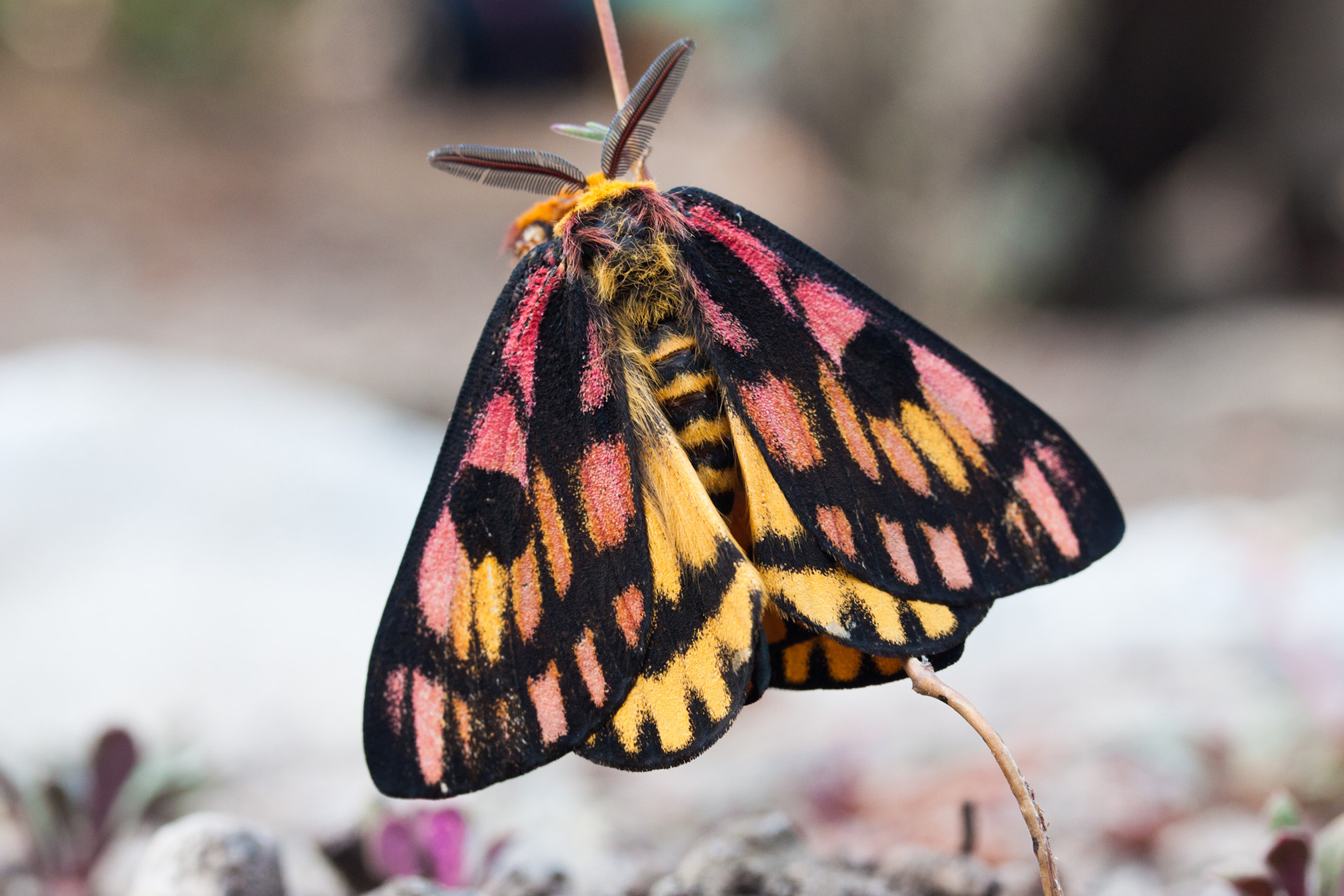

/GettyImages-505631203-59af4db1aad52b00104f5c76.jpg)





























